The steps involved in leasing oil and gas land
Leasing oil and gas land involves a series of intricate steps that require careful consideration and adherence to legal and regulatory requirements. This comprehensive guide explores the process from start to finish, providing valuable insights for landowners and companies seeking to engage in oil and gas exploration and production.
Understanding the Leasing Process: Leasing Oil and Gas Land
Before delving into the steps involved, it’s crucial to understand the leasing process’s fundamentals. Oil and gas leasing typically entails granting exploration and production rights to energy companies in exchange for financial compensation, known as lease bonuses, and royalties on any extracted resources. These leases are contractual agreements that outline the terms and conditions governing the use of the land for oil and gas activities.
Identifying Prospective Land: Leasing Oil and Gas Land
The first step in the leasing process is identifying land parcels with potential oil and gas reserves. This often involves geological assessments, seismic surveys, and analysis of existing well data to evaluate the subsurface’s hydrocarbon potential. Landowners may also receive inquiries from energy companies expressing interest in leasing their property for exploration and development purposes.
Negotiating Lease Terms
Once prospective land has been identified, negotiations between landowners and energy companies ensue to determine lease terms. Key considerations include lease duration, royalty rates, surface use provisions, environmental protections, and financial considerations such as upfront bonuses and rental payments. Negotiating favorable terms requires careful consideration of both parties’ interests and consulting legal and financial experts as needed.
Executing the Lease Agreement
After reaching a mutual agreement, the next step is to formalize the lease through a written contract. This lease agreement, often drafted by attorneys specializing in oil and gas law, outlines the rights and responsibilities of both parties. It typically includes provisions related to access to the property, payment terms, environmental safeguards, and dispute resolution mechanisms. Once executed, the lease becomes a legally binding document governing the relationship between the landowner and the energy company.
Securing Regulatory Approvals
Before commencing exploration and production activities, energy companies must obtain various regulatory approvals and permits from government authorities. These may include permits for drilling operations, environmental assessments, and compliance with land use regulations. Securing these approvals entails navigating a complex regulatory landscape and may involve public consultation and environmental impact assessments.
Commencing Exploration and Development
With the lease agreement in place and regulatory approvals obtained, energy companies can begin exploration and development activities on the leased land. This typically involves drilling exploratory wells to assess the presence and viability of oil and gas reserves. If successful, production wells may be drilled to extract the resources, leading to ongoing operations to extract, process, and transport the oil and gas to market.
Monitoring and Compliance
Throughout the lease term, both landowners and energy companies must adhere to the terms of the lease agreement and comply with applicable laws and regulations. This includes ongoing monitoring of operations to ensure environmental protection, safety, and adherence to contractual obligations. Landowners may receive royalty payments based on the production volumes and prices of extracted resources, while energy companies must meet production targets and fulfill lease requirements.
Leasing Oil and Gas Land
It involves a multifaceted process that requires collaboration between landowners, energy companies, and regulatory authorities. By understanding the steps involved—from identifying prospective land to negotiating lease terms, securing regulatory approvals, and commencing exploration and development—parties can navigate the leasing process effectively and maximize the value of their assets. With careful planning, diligence, and adherence to legal and regulatory requirements, oil and gas leasing can be a mutually beneficial arrangement that supports economic development while protecting landowners’ rights and environmental interests.
If you have further questions related to the Leasing Oil and Gas Land topic, feel free to reach out to us here.

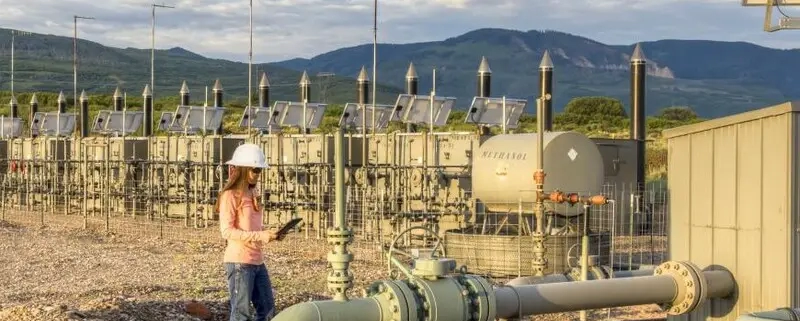

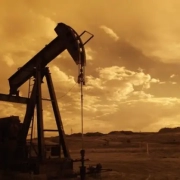

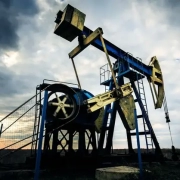

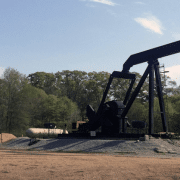
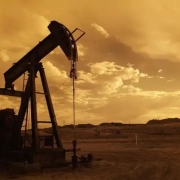



Leave a Reply
Want to join the discussion?Feel free to contribute!